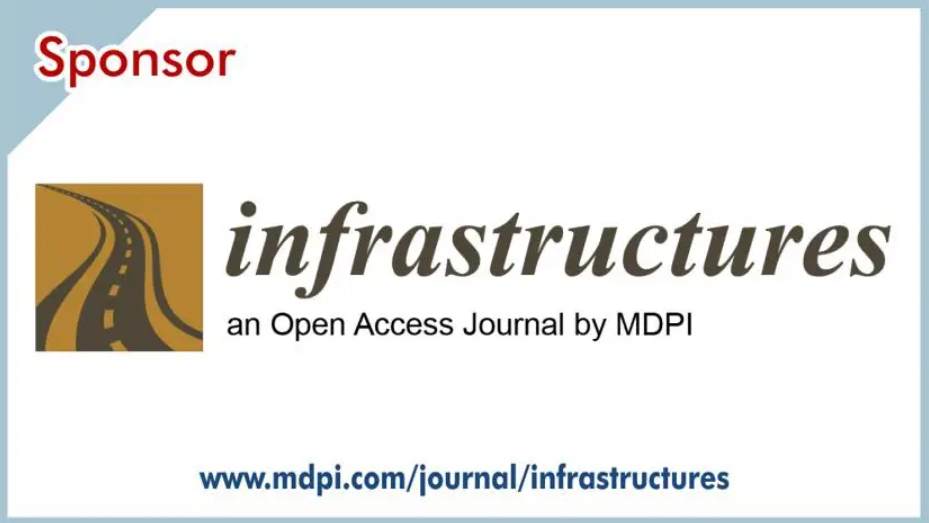
High quality data on road crashes, road design characteristics, and traffic are typically required to predict crash frequency. Surrogate Safety Measures (SSMs) are an alternative category of indicators that can be used in road safety analyses in order to quantify various unsafe traffic events. The objective of this research is to exploit road geometry data and SSMs toward various road crash investigations in motorway segments. To that end, for this analysis, a database containing data on injury and property-damage-only crashes, road design characteristics, and SSMs of 668 segments was compiled and utilized. The results of the developed negative binomial regression model revealed that crash frequency is positively correlated with the average annual daily traffic volume, the length of the segment, harsh accelerations, and harsh braking. Moreover, four distinct clusters representing crash risk levels of the examined segments emerged from the hierarchical clustering procedure, ranging from more risk-prone, potentially unsafe locations to more safe locations. These four clusters also formed the response variable classes of a random forest model. This classification model used various road geometry data and SSMs as predictors and achieved high classification performance for all classes, averaging more than 88% correct classification rates.
| ID | pj229 |
| DOI | |
| Tags |













